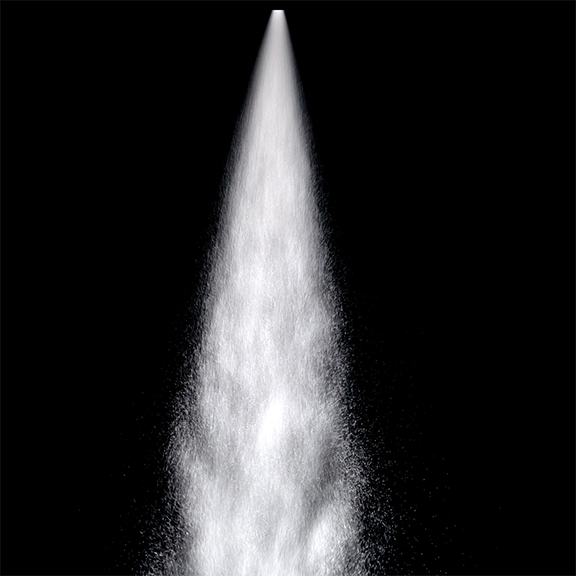
Spray Pattern Shapes in Precision Fluid Dispensing
Without consideration for proper spray patterning, a Precision Fluid Dispensing System will likely fail to deliver precise, repeatable results. Finding nozzles that produce the required patterning with the performance that matches your intended application is crucial.
- The amount of overspray or 'drift' of a pattern
- The amount of liquid applied to a surface or part
- The coverage of the applied liquid
- The consistency and uniformity of the applied liquid
Fail to select the correct pattern and spray nozzle tips and you run the risk of over or under-applying liquid which can waste fluid in the case of over-application, or affect production in the case of under-application. The manufacturer of your fluid dispensing system and/or the manufacturer of your spraying system's nozzles should be able to assist you in selecting the best pattern and nozzle for your specific application.
Choosing a spray tip based on its spray pattern alone seems logical, but answering the following questions will help your system or nozzle supplier recommend the best nozzle for your application:
- Does my application require continuous spray or intermittent spray(individual, repeated 'bursts')?
- Does my application require airless (hydraulic) delivery of fluid or delivery in an atomized spray?
- What is the weight (specific gravity) and surface tension of the liquid being sprayed (consult the manufacturer)?
- What is the viscosity of the liquid being sprayed?
- How will the spray be introduced; vertically (upward/downward), horizontally, angled?
- What are the ideal dimensions of the spray pattern as it impacts the target surface?
- How far away from the target surface will the nozzle be positioned (spray distance)?
- What spray angle will result in the the proper patterning at the proper distance?
- What is the pressure range of your dispensing system?
- How sensitive to drift/overspray is your application?
- How responsive (quickly) does the nozzle need to perform (turn on/off or react to changing conditions)?
- Do I need the ability to make spray adjustments at the nozzle itself (vs. at my dispensing system)?
- Do I have any special mounting considerations?
Determining which spray shape is preferable for your application is largely common sense. For example, to lubricate a very small area, a wide-angle fan spray will likely result in overspray and fluid waste. Use the table below for a general reference to the shapes and patterns that nozzles can produce. It is important though, to realize that differences in nozzle design can greatly affect nozzle performance. In other words, not all Full Conical Spray nozzles are made the same, therefore, not all Full Conical Spray nozzles will produce the same results. Consult a nozzle's manufacturer to verify that its performance (not just its shape) will work with your application.
| Pattern | Description | Best use | |
 |
Wide Angle Fan Spray | A relatively flat, fan-shaped spray pattern with fine droplets, wide spray angles and soft edges. | Suitable for covering wide areas with fine droplets. |
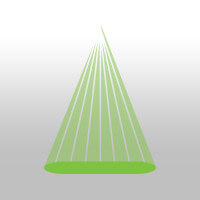 |
Flat Fan Spray | A flat, fan-shaped spray pattern made of individual solid streams. | Can be combined and varied to produce a rectangular or trapezoidal shaped spray impact area. |
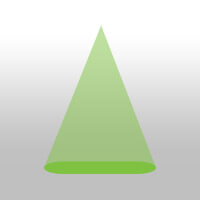 |
Tounge-Type Fan Spray | A flat fan spray pattern with sharply defined edges. Created by deflecting a spray on a shaped deflection surface. | Suitable when a sharply delimited fan spray pattern is required. |
 |
Full Conical Spray | A cone shaped, circular spray pattern with larger spray droplet size. | Suitable where a uniform pattern is needed at larger distances. |
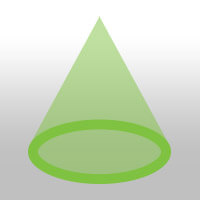 |
Hollow Cone Narrow | A hollow, conical, thin ring-shaped spray pattern with finer spray particle size. | Suitable where a uniform, ring pattern is needed. |
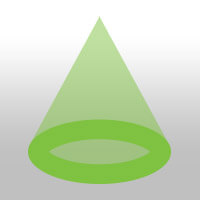 |
Hollow Cone Wide | A hollow, conical, wide ring-shaped spray pattern with finer spray particle size. | Suitable where a uniform, ring pattern is needed. |
 |
Misting/Fog | Pattern starts in a full or hollow cone but quickly breaks apart into a fog | Use where a fog or mist with little or no impact is required. |
 |
Solid Stream | A solid, linear stream without an atomized pattern. | Use where concentrated impact and a prolonged, stable pattern is required. |
Need more information? Contact us!